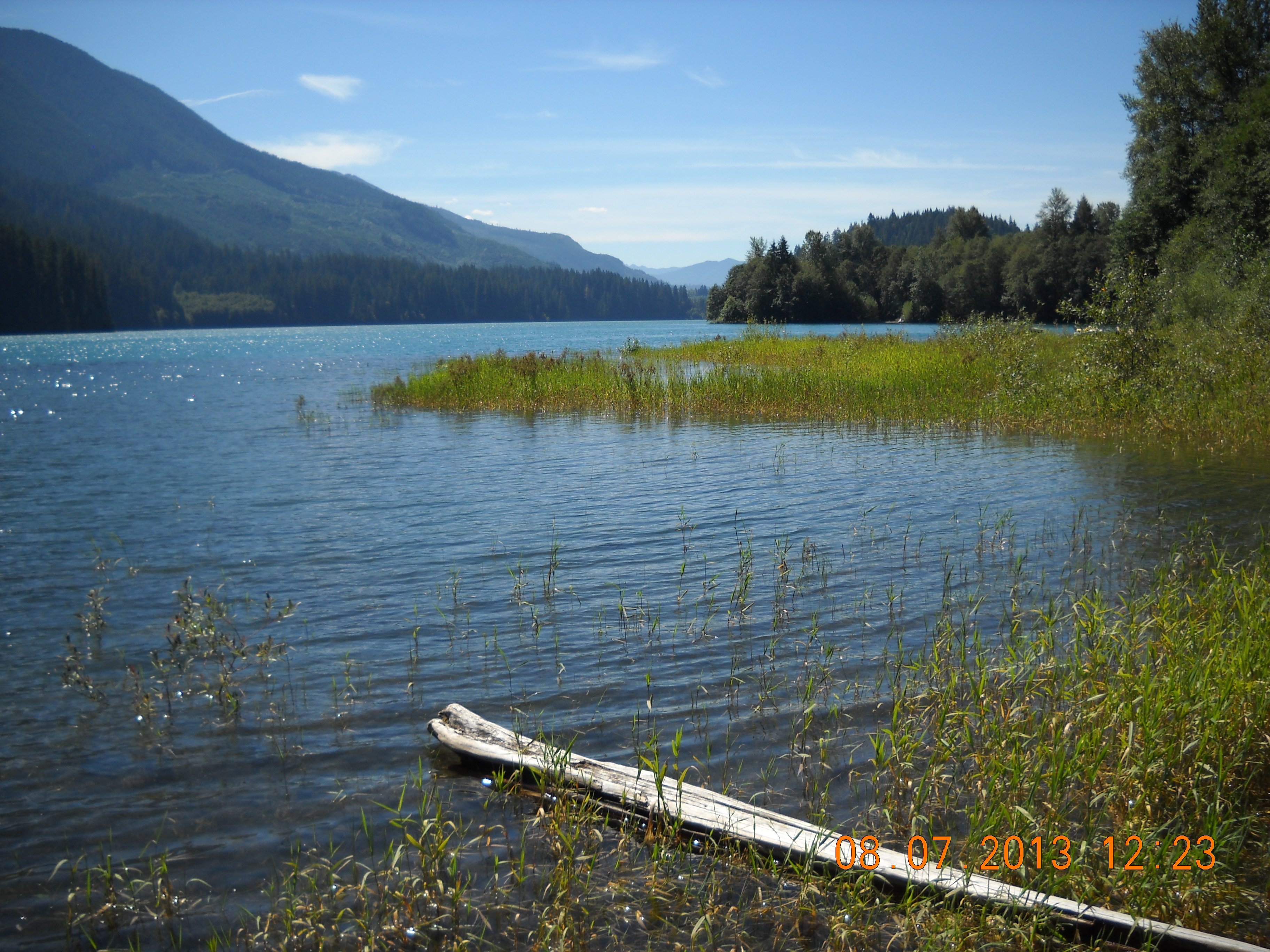Institute for Watershed Studies
The Institute for Watershed Studies (IWS) exists to support research on freshwater lakes, streams, and wetlands. Affiliated with College of the Environment, IWS provides support to all Western faculty and students with an interest in watershed problems.
For more information on IWS projects and research findings, visit the Institute of Watershed Studies.

Lake Whatcom water quality monitoring partnership
In 1988, the City of Bellingham began a partnership with Washington University to monitor water quality in the Lake Whatcom watershed. The university collects and analyzes monthly water quality samples from both Lake Whatcom and the streams that flow into the lake. Learn more about the water quality challenges and solutions in this video produced by the City of Bellingham. Read the annual Lake Whatcom monitoring reports on CEDAR.
Lake Whatcom is a treasure worth protecting. It's the source of our drinking water, home to many species of animals, and a recreational center. Lake Whatcom is the largest lake in Whatcom County, and the watershed area that drains into the lake is over 56 square miles. The lake itself is ten miles long and one mile across at its widest point.
The watershed is a changing landscape. Large-scale logging began over 100 years ago, and logging continues today. Towering trees over 20 feet in diameter were a common part of the landscape. The trees and thick duff layer of the forest floor served as giant sponges, intercepting and soaking up rainwater, leaving little to flow downhill into Lake Whatcom. The loss of these old growth forests weakens the protective armor that keeps water and pollution from flowing into the lake.
The large amount of residential development that has occurred over the past 60 years, especially in the northern part of the watershed, is changing the landscape as well. Homes, driveways, roads, and other hard surfaces aren't able to absorb rainwater like the trees they replaced. Instead, large amounts of water flow across these surfaces, picking up pollutants and carrying them to drainage systems that feed into the lake.
After decades of conversion of forests to residential neighborhoods, water quality concerns became more noticeable in the early 1960s. The city started a water quality monitoring program in partnership with Western Washington University in 1988. The university collects and analyzes monthly water quality samples from both Lake Whatcom and the streams that flow into the lake. Regular monitoring found two primary water quality problems.
First, too much fecal bacteria from human and animal waste and streams flowing into the lake. And second, too little dissolved oxygen in portions of the lake during the summer to support fish and other aquatic life. What causes low oxygen in Lake Whatcom? The simple answer is phosphorus. Through a process called eutrophication. Phosphorus is a naturally occurring element, essential for life.
But when too much phosphorus flows into Lake Whatcom, it promotes excess algae growth. When algae die, they sink to the bottom of the lake and decompose. Oxygen is used up in the decomposition process, resulting in little to no oxygen available to support fish and other life in portions of the lake. Residential sources of phosphorus include lawns, fertilizers, dirt, washing away during construction projects, leaves, grass and other yard debris, pet waste, soap, and detergent.
These concerns triggered Federal Clean Water Act requirements to develop a cleanup plan for Lake Whatcom, which was published in 2016. Local governments follow this plan closely to reduce the amount of phosphorus and other pollutants in stormwater runoff flowing into the lake. Some cleanup strategies in the plan include building stormwater treatment facilities on publicly-owned property that capture, filter, and clean stormwater runoff before it reaches Lake Whatcom;
preserving land in its natural forested condition through land purchase, conservation easements and habitat restoration; and engaging homeowners to limit phosphorus runoff from their own private property by participating in the Lake Whatcom Homeowner Incentive Program, also known as HIP. The Homeowner Incentive Program is one way watershed homeowners can reduce phosphorus pollution from their property. HIP is a voluntary program and provides technical support and financial reimbursement to homeowners interested in improving their property and protecting Lake Whatcom. Native plants,
special soils, and thoughtful water flow are used to mimic forests by absorbing, filtering, and cleaning stormwater runoff before it reaches the lake. Collectively, HIP homeowners take small steps to make a big positive impact on Lake Whatcom water quality.